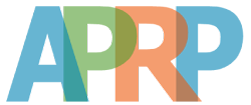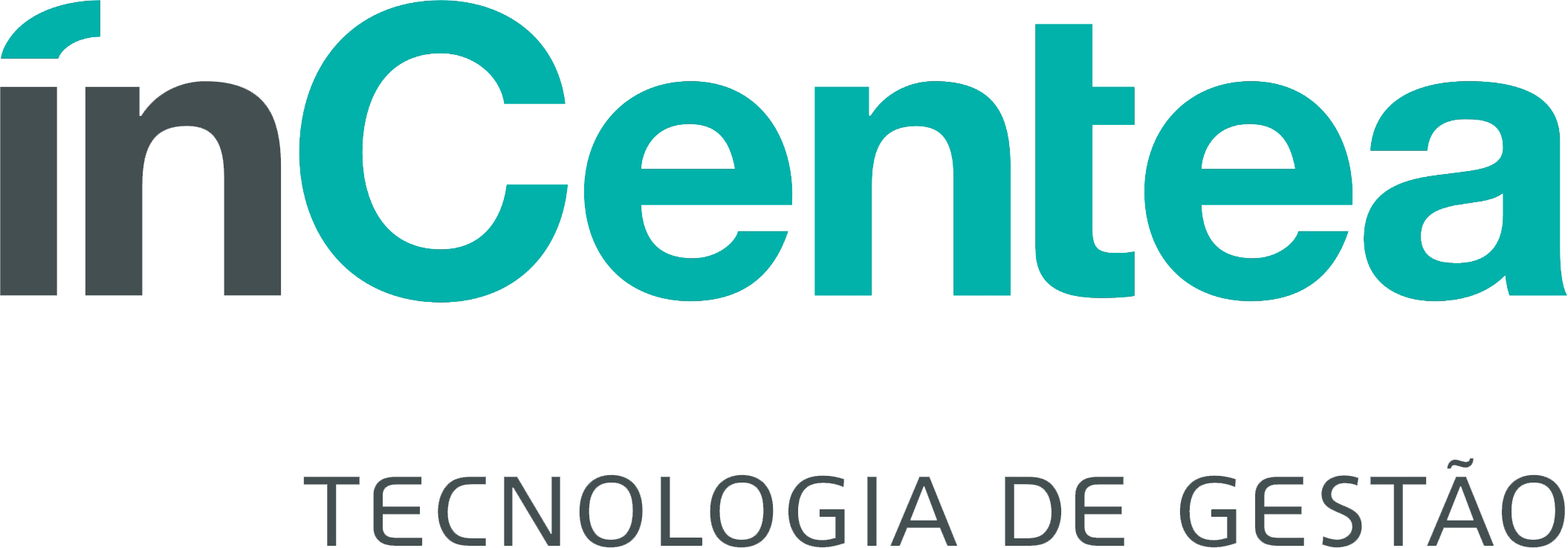Title
Deep learning and its application in horticulture and agriculture
Abstract
Due to the natural variation of the objects and of the environment the implementation of computer vision in horticulture and agriculture is more demanding than in traditional industries like the automotive or the semiconductor sector. The use of neural networks and deep learning algorithms for 2D and 3D image analysis has been proven to be very successful over the past years. Research is for example performed on the detection of insects with object detection methods. Insect populations are commonly monitored by greenhouse growers manually observing the type and number of insects. By automating the process of imaging and identification, this monitoring process can be eased and sped up. Semantic segmentation methods are used to quantify areas on leaves that show symptoms of specific pests or diseases. A research prototype for robotic harvesting of sweet peppers in greenhouses uses deep-learning methods to detect and localize ripe fruit. The network has also been trained to detect and avoid obstacles with the robotic arm, such as leaves and plant stems. Other harvesting robots target apples and pears in the orchard. In the open field, precision farming projects are using camera-controlled yield measurement systems during the harvest of seed potatoes. Continuous images are taken on the conveyor of the harvester to determine the size volume of every single potato. Autonomous moving vehicles with multiple layers of stereo-vision cameras that automatically count and classify tomatoes while they are still on the plant are under development. Together with forecasting software this results in valuable information on future crop development and harvest. F-RCNN and YOLO networks are also used to assess the number of flowers and flower buds of gerbera plants for yield prediction and autonomous harvesting. In plant manipulation applications typically 3D information is required from the vision system, often in combination with colour. The use of networks that can directly analyse point clouds, such as PointNet or PointPillars open new possibilities and have recently got a lot of attention.
Bibliography

Jochen Hemming is holding a Ph.D. degree in horticultural science from the University of Hanover, Germany. Since 2000 he works with Wageningen University & Research (WUR) in the Netherlands. WUR is a world-renowned centre that combines fundamental and applied research in the areas of food, agrotechnology, production systems, nature and the environment. Jochen is currently appointed as senior researcher computer vision and robotics in horticulture. He is member of the Wageningen Agro Food Robotics program, a program that is specialized in robotics and computer vision projects (https://www.wur.nl/en/research-results/projects-and-programmes/agro-food-robotics.htm). He currently works as PI on large national and European projects on robotic harvesting and plant manipulation and is project leader of a number of national research projects with strong involvement of companies and industry. His research interests include computer vision, artificial intelligence, agro-robotics and automation in plant production.



